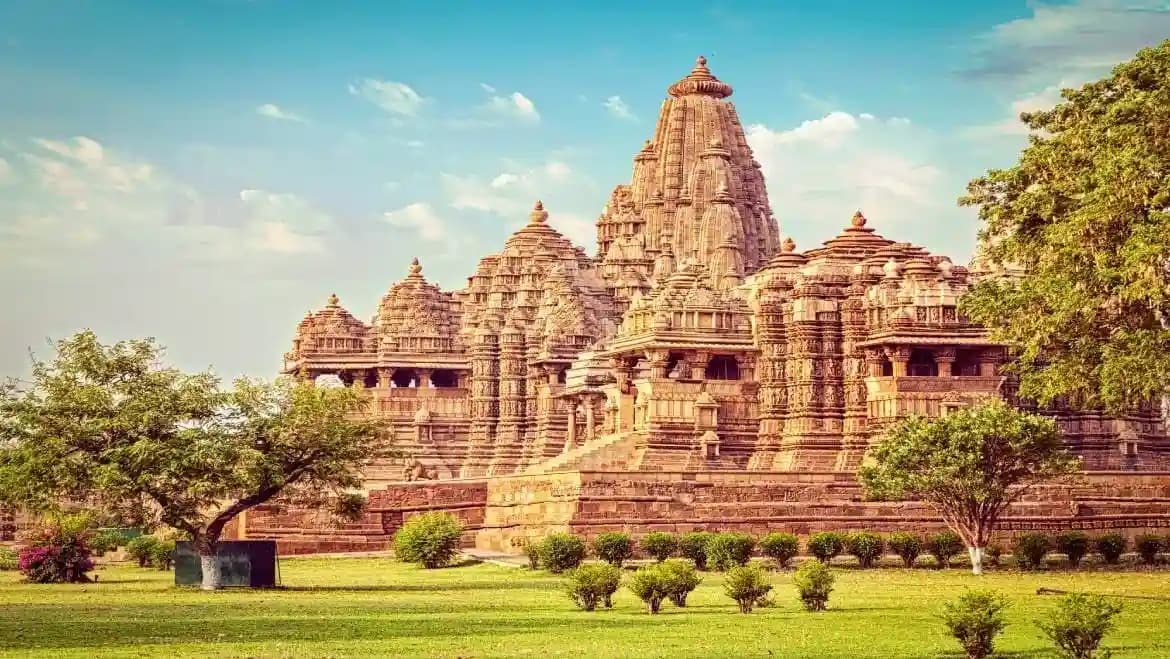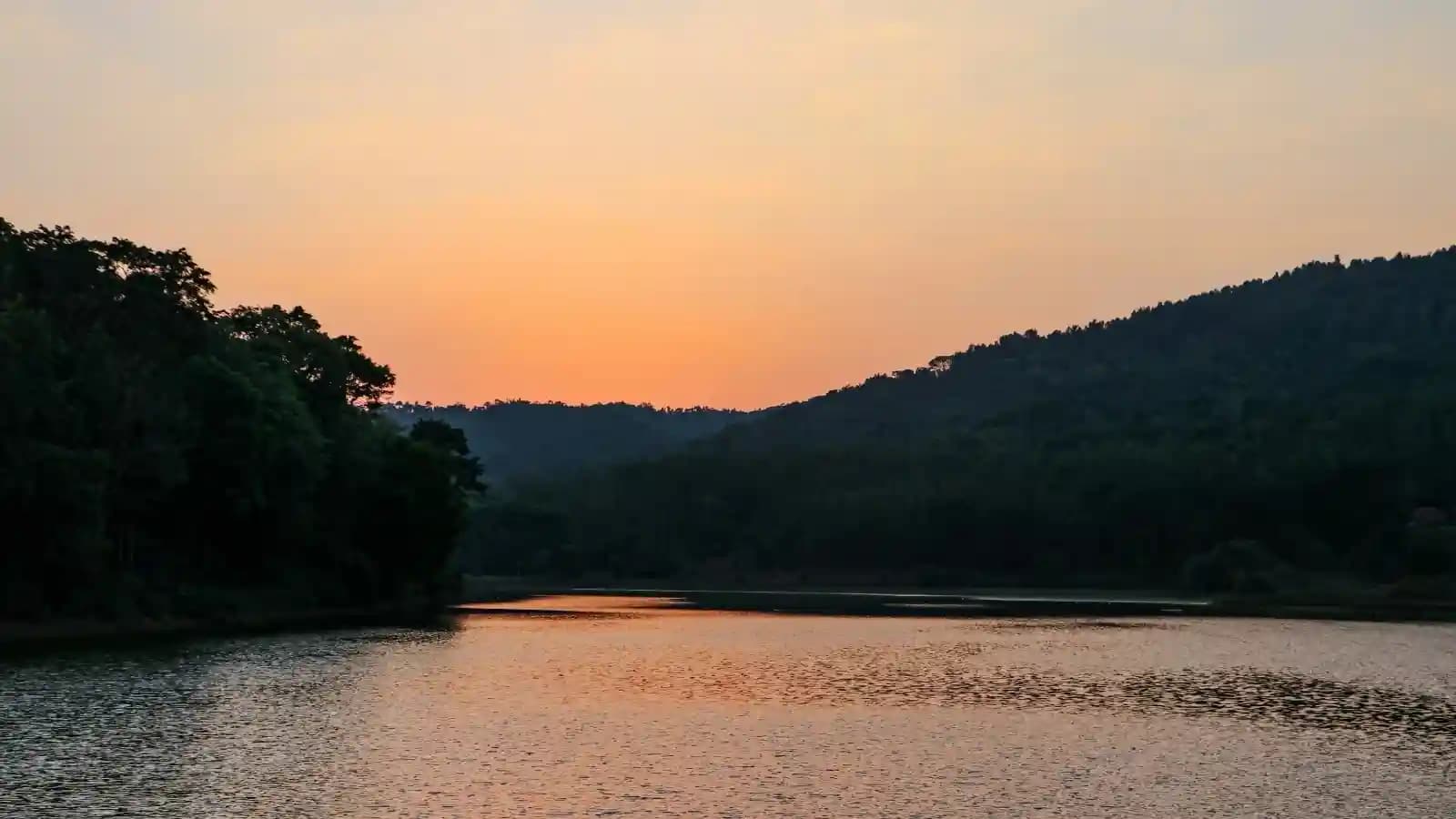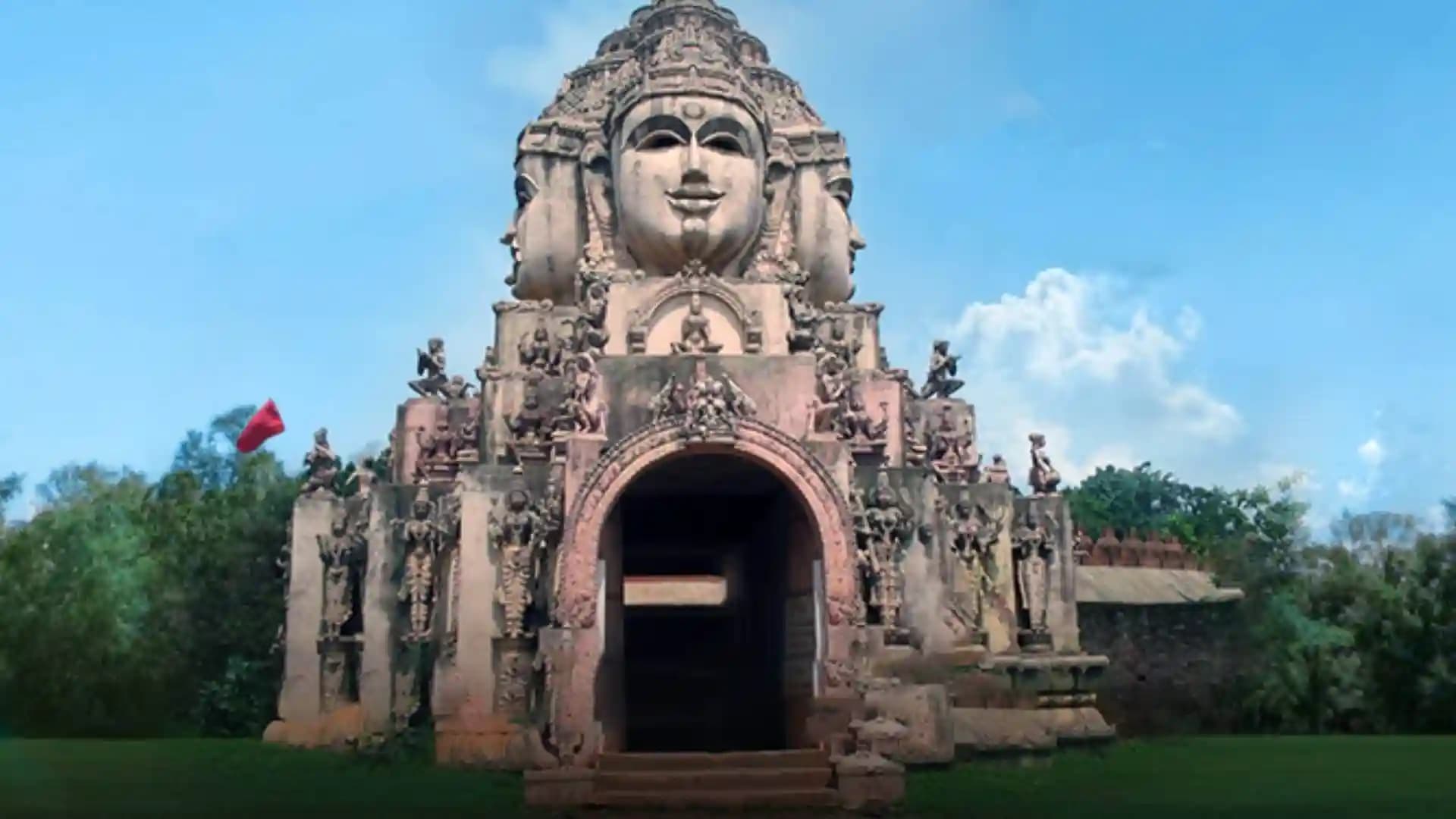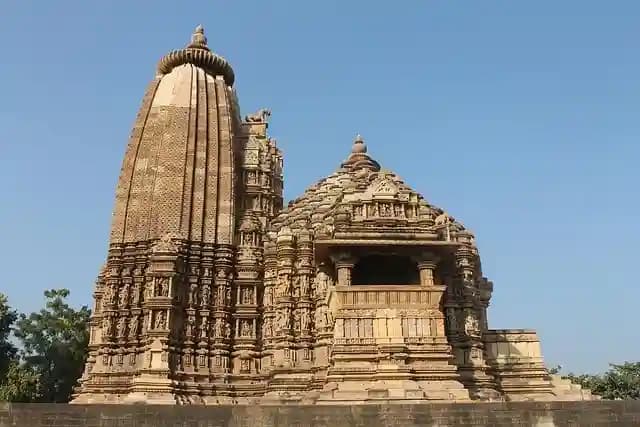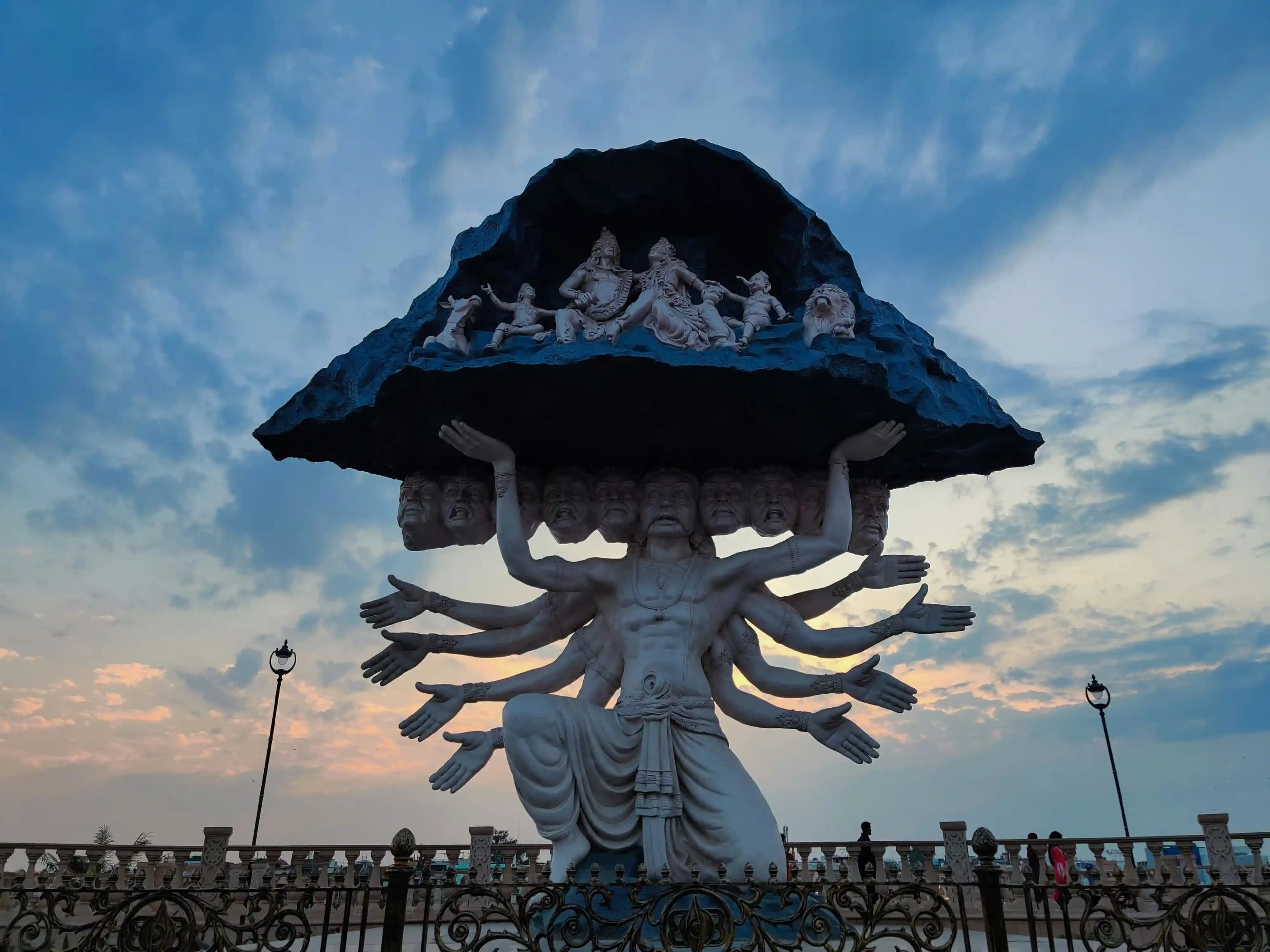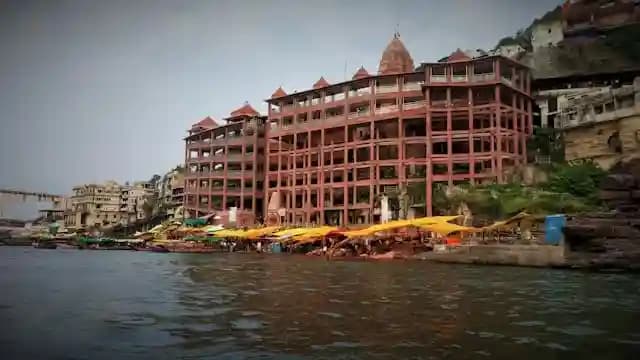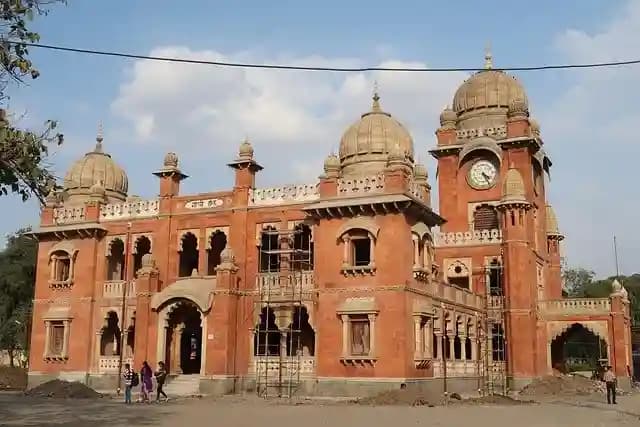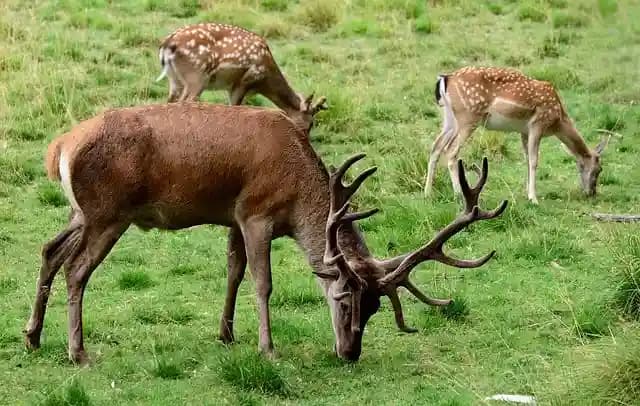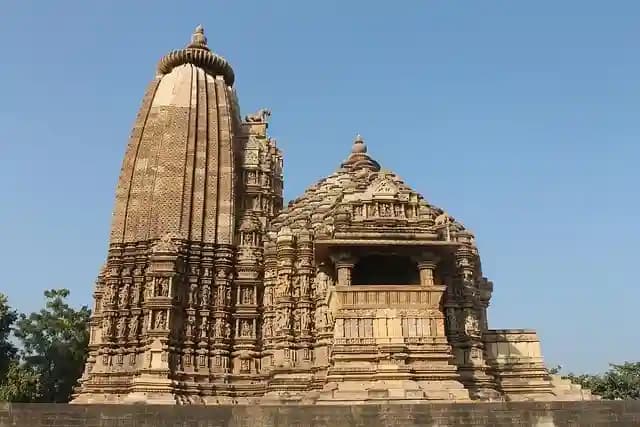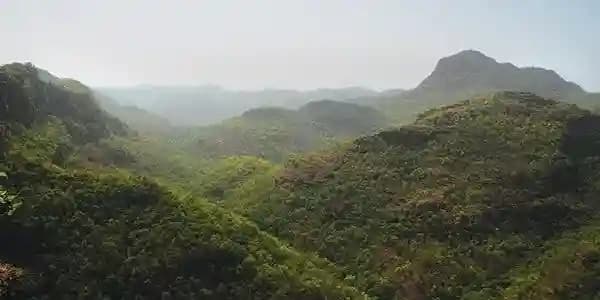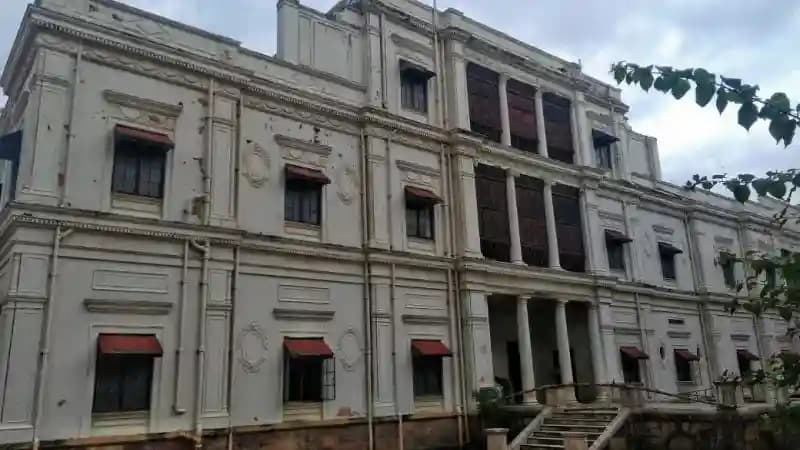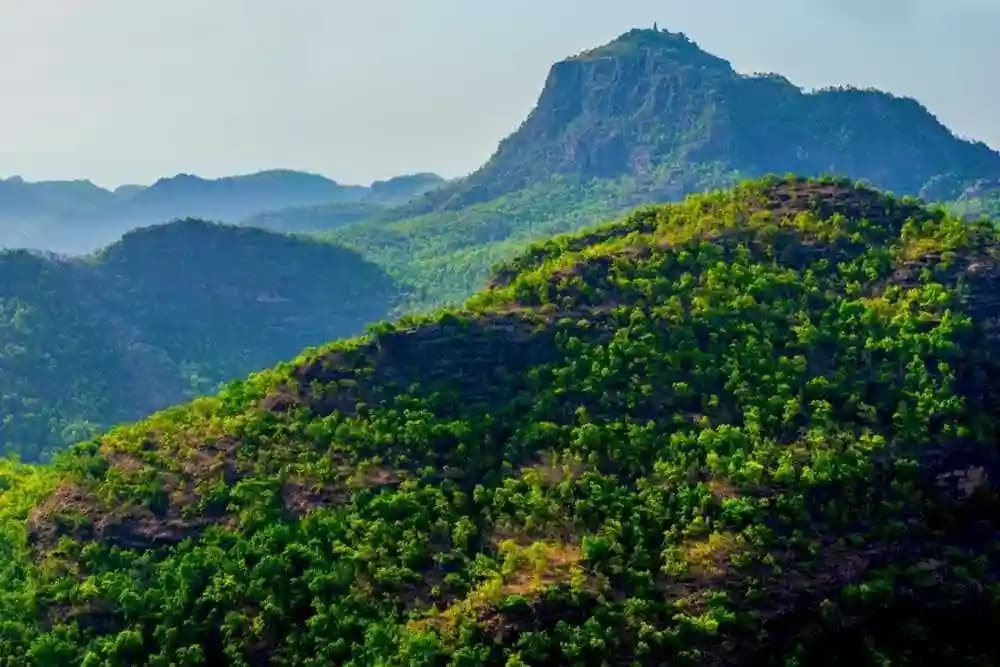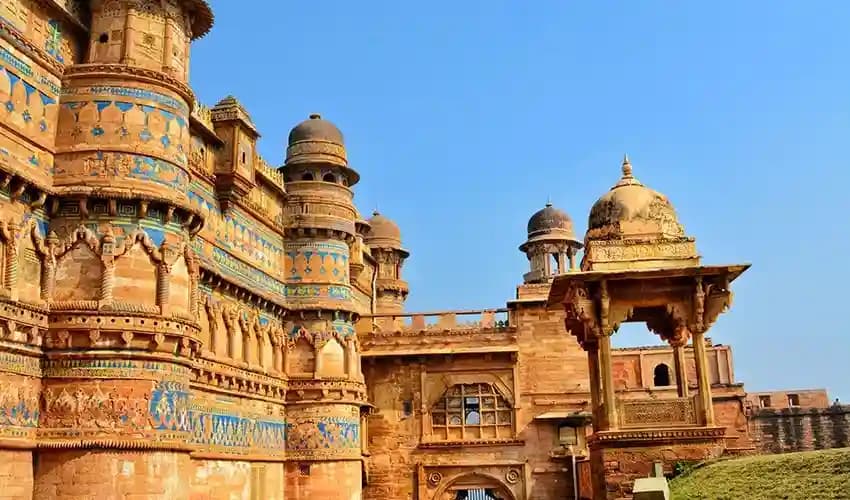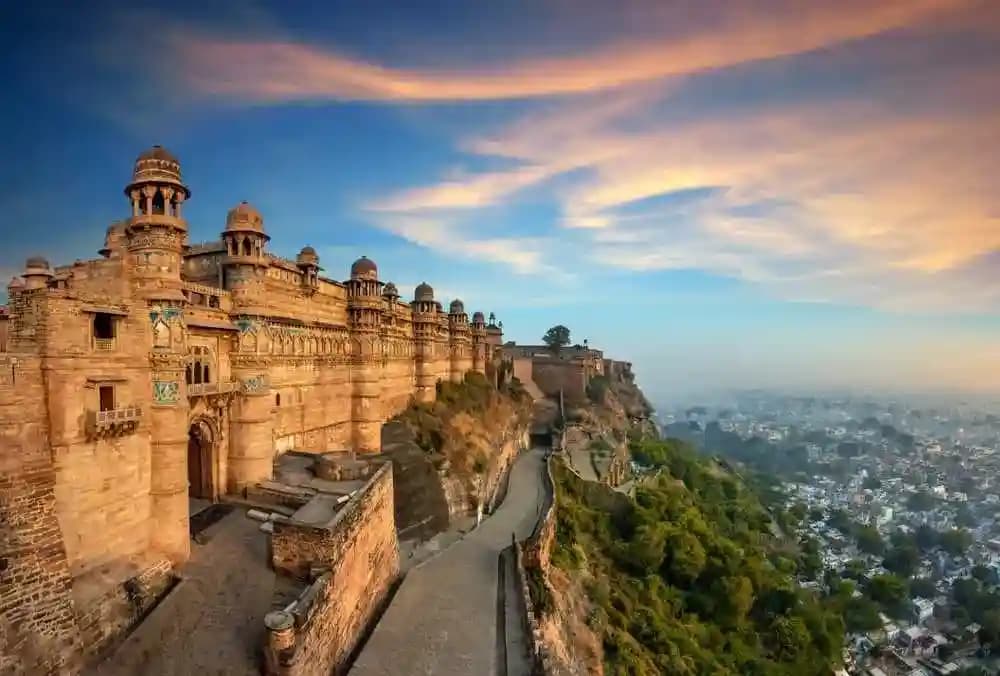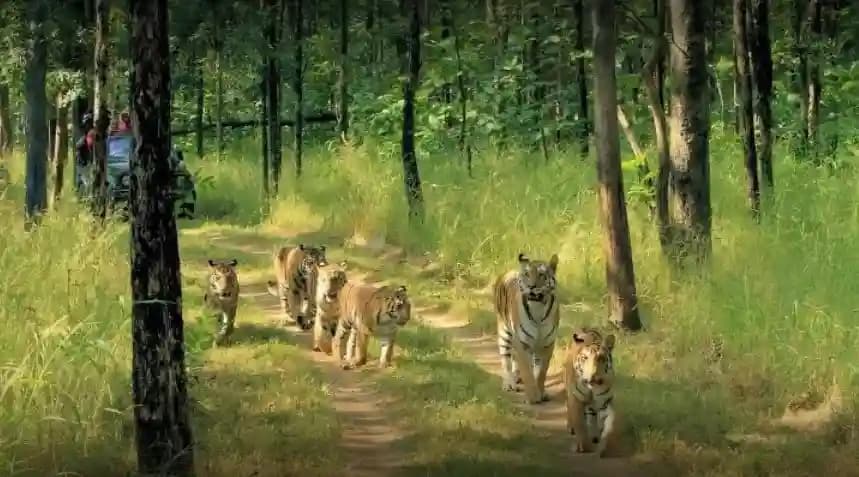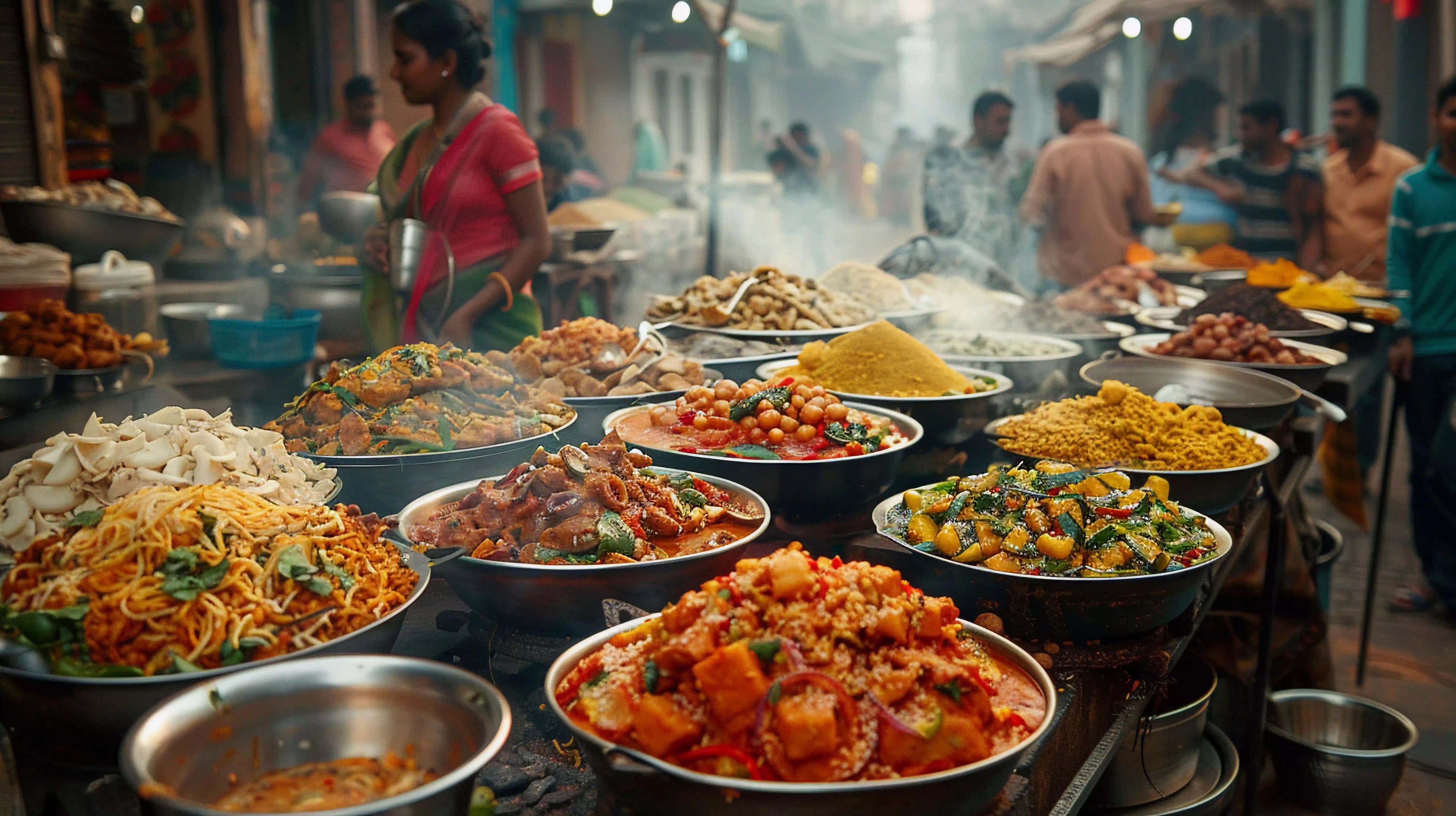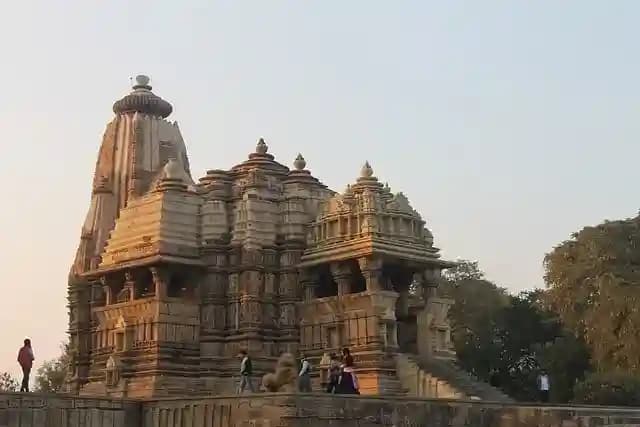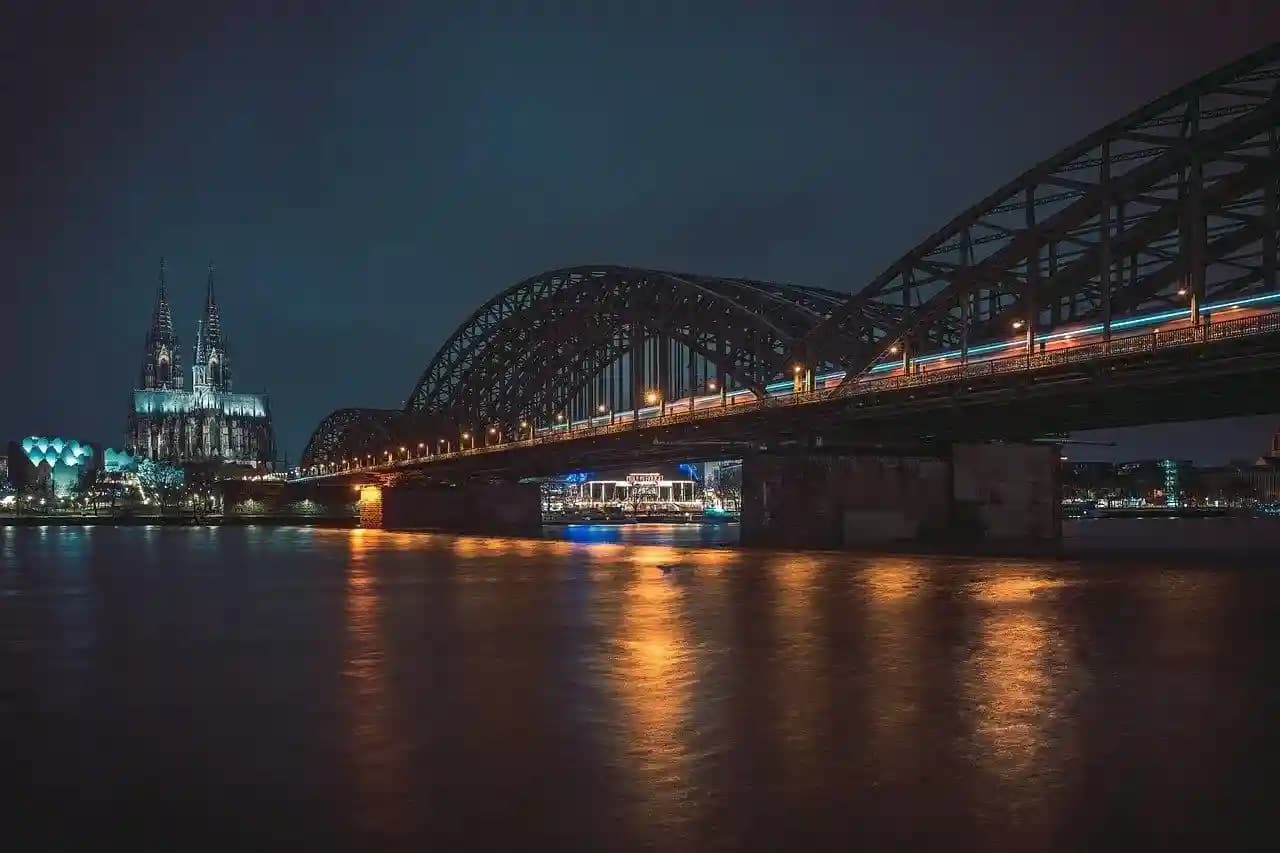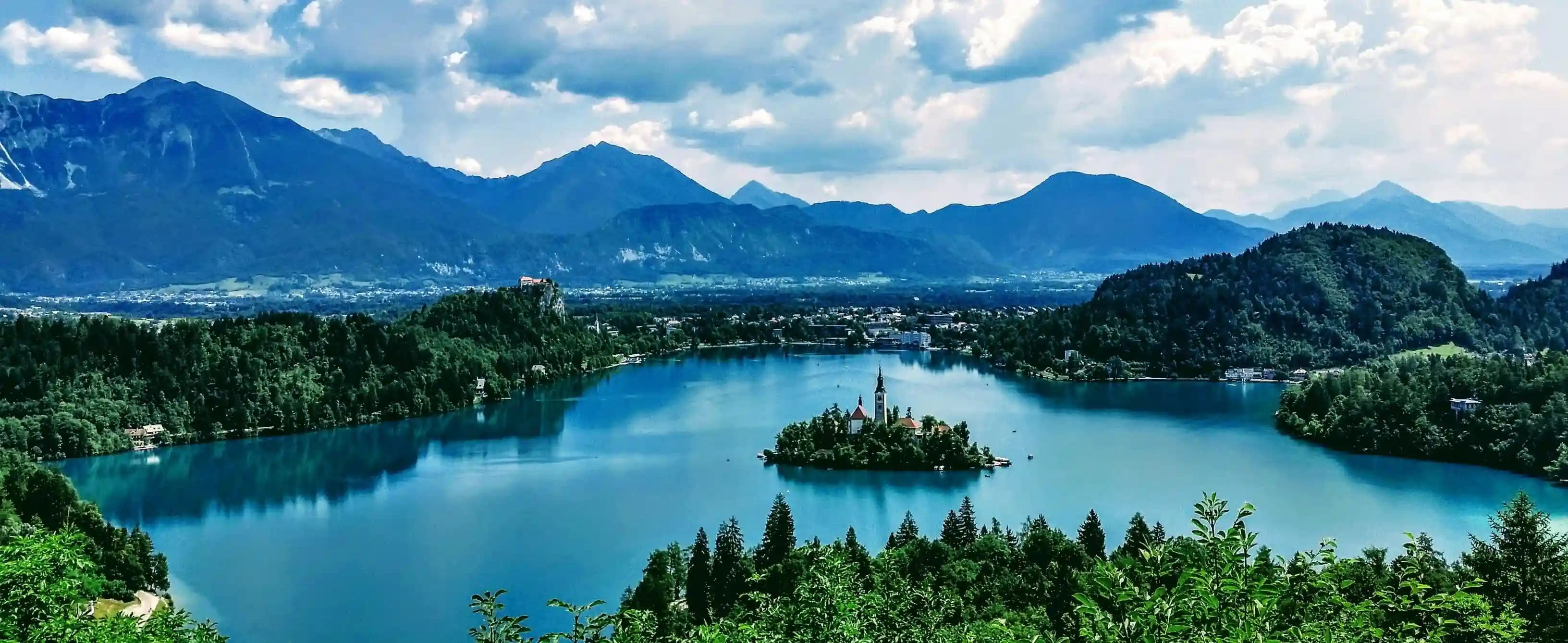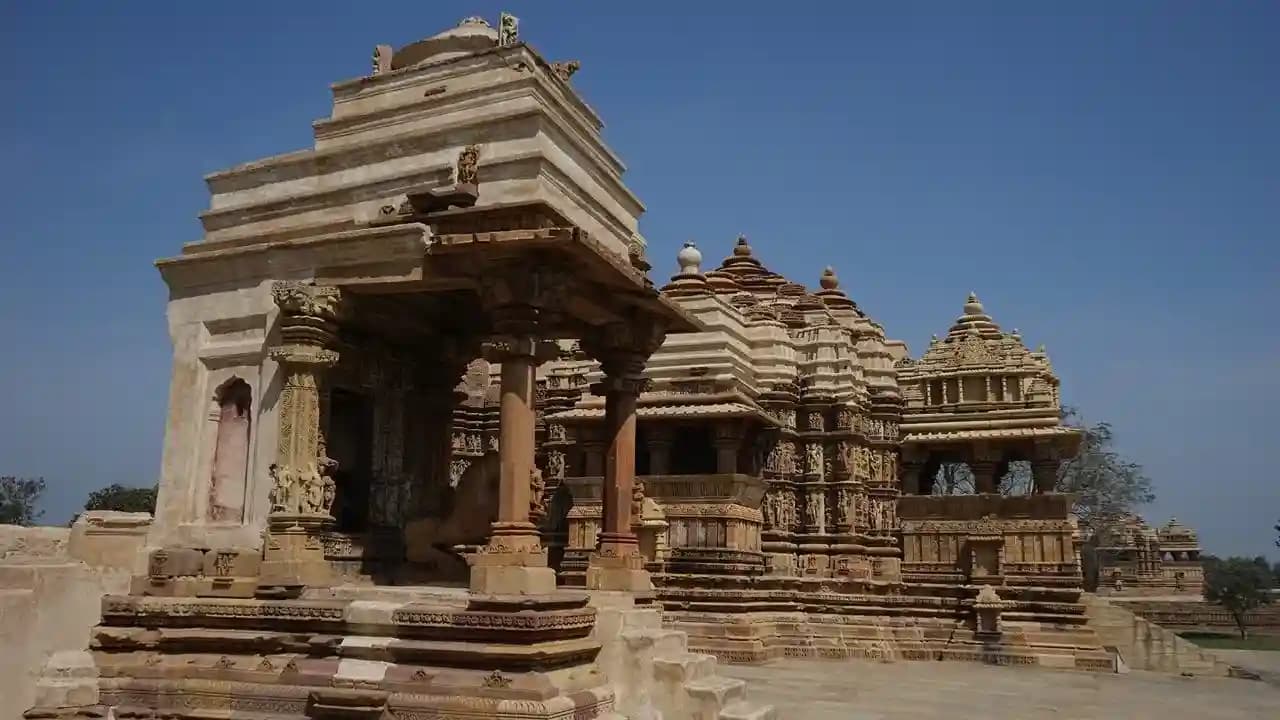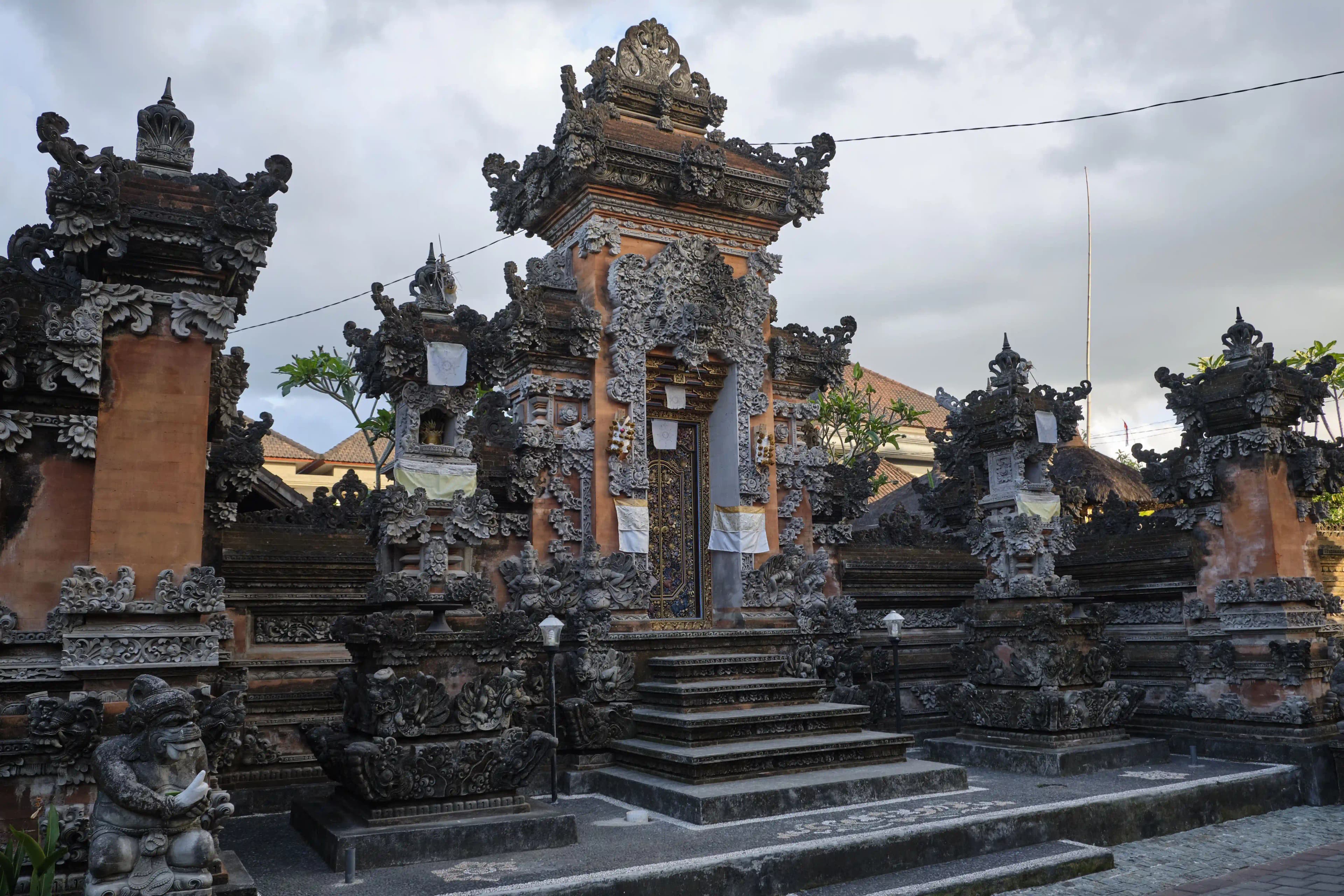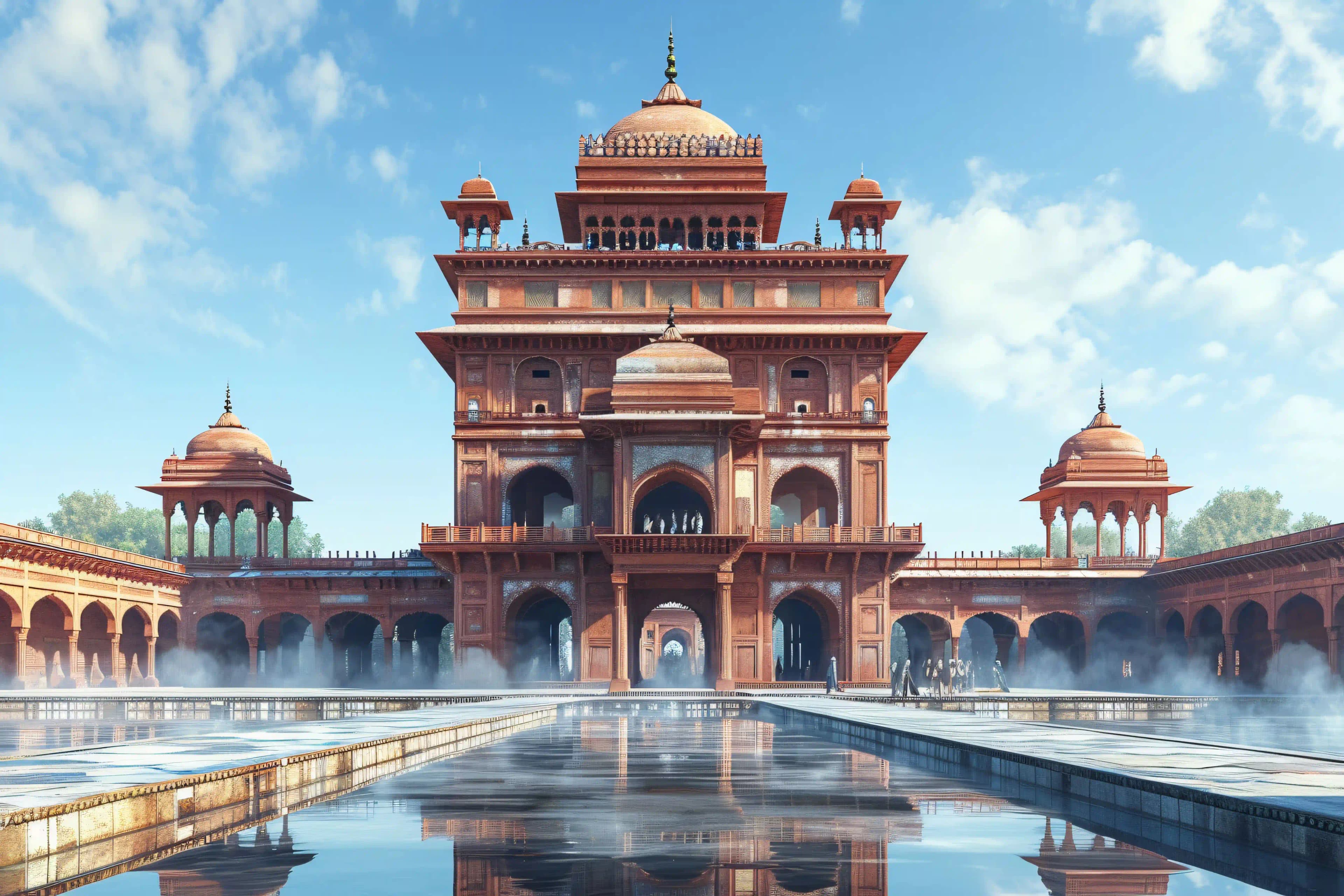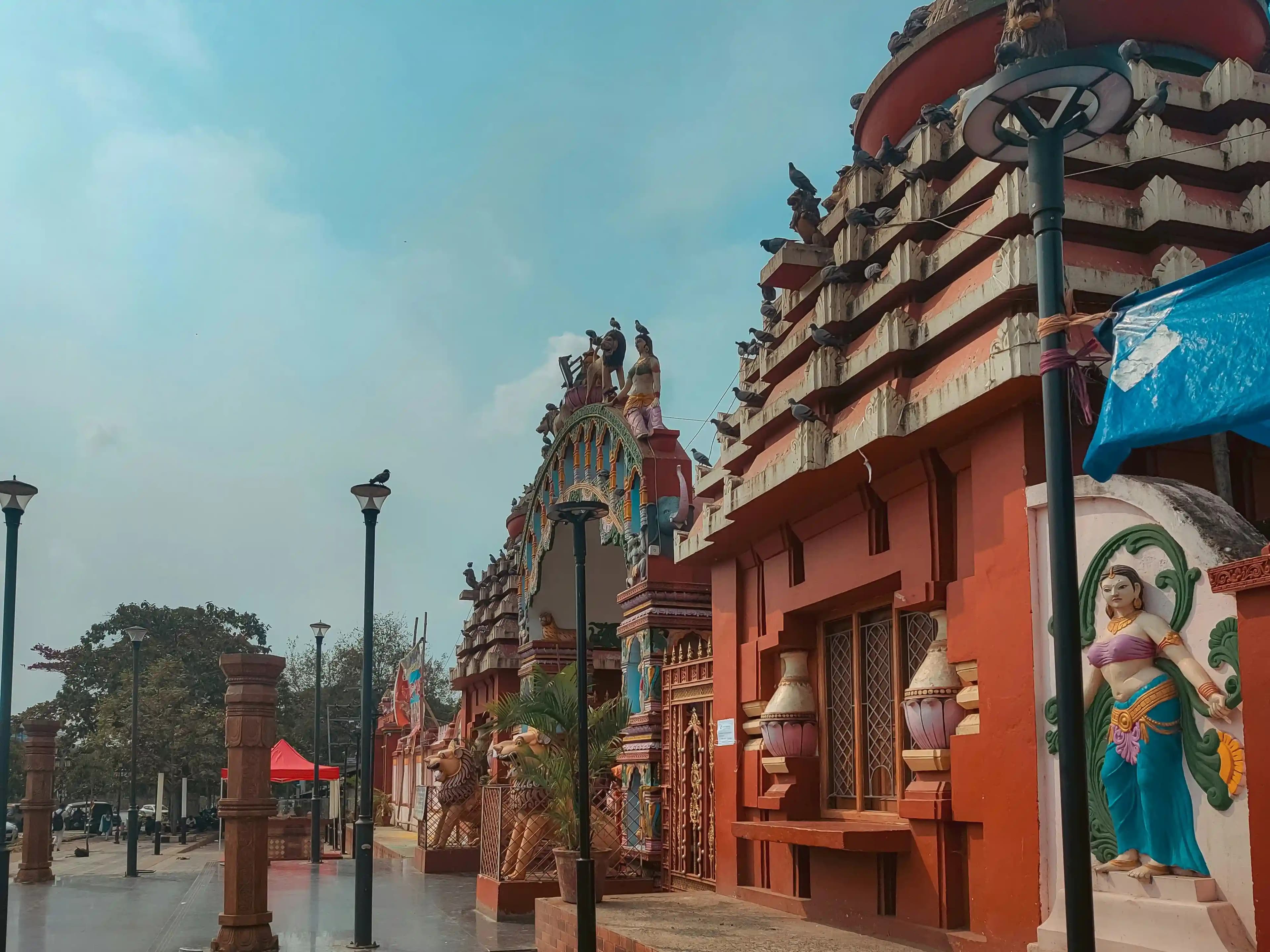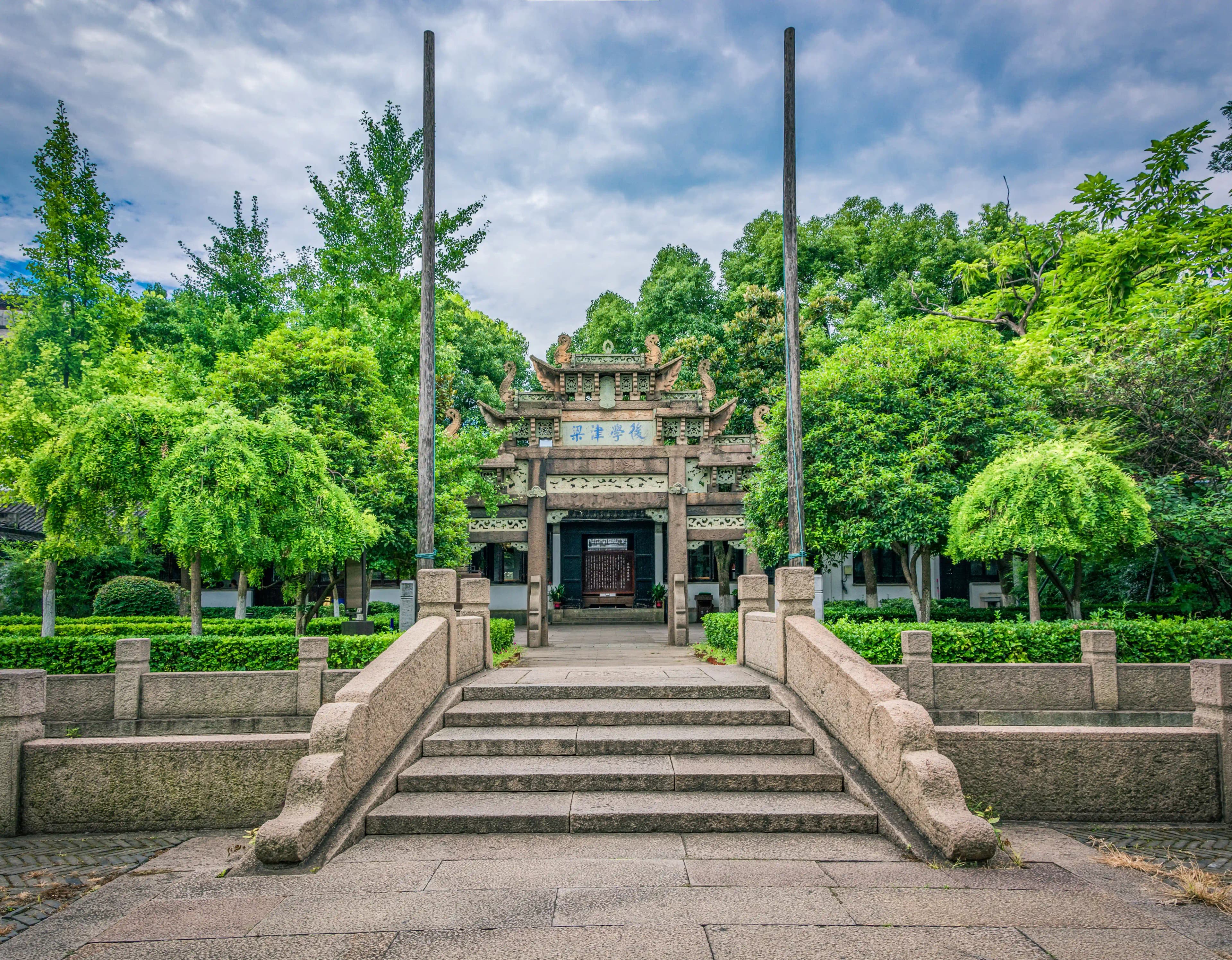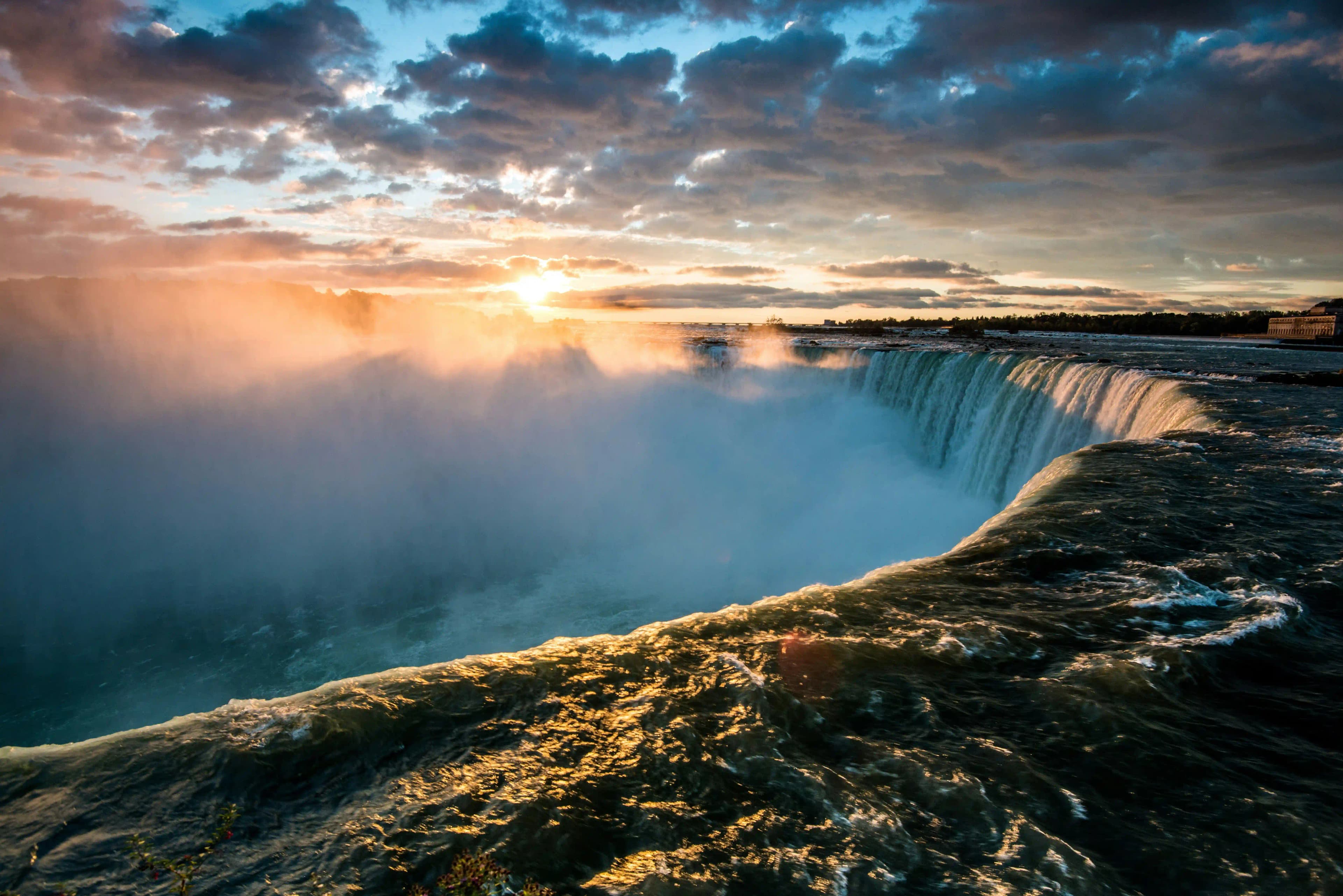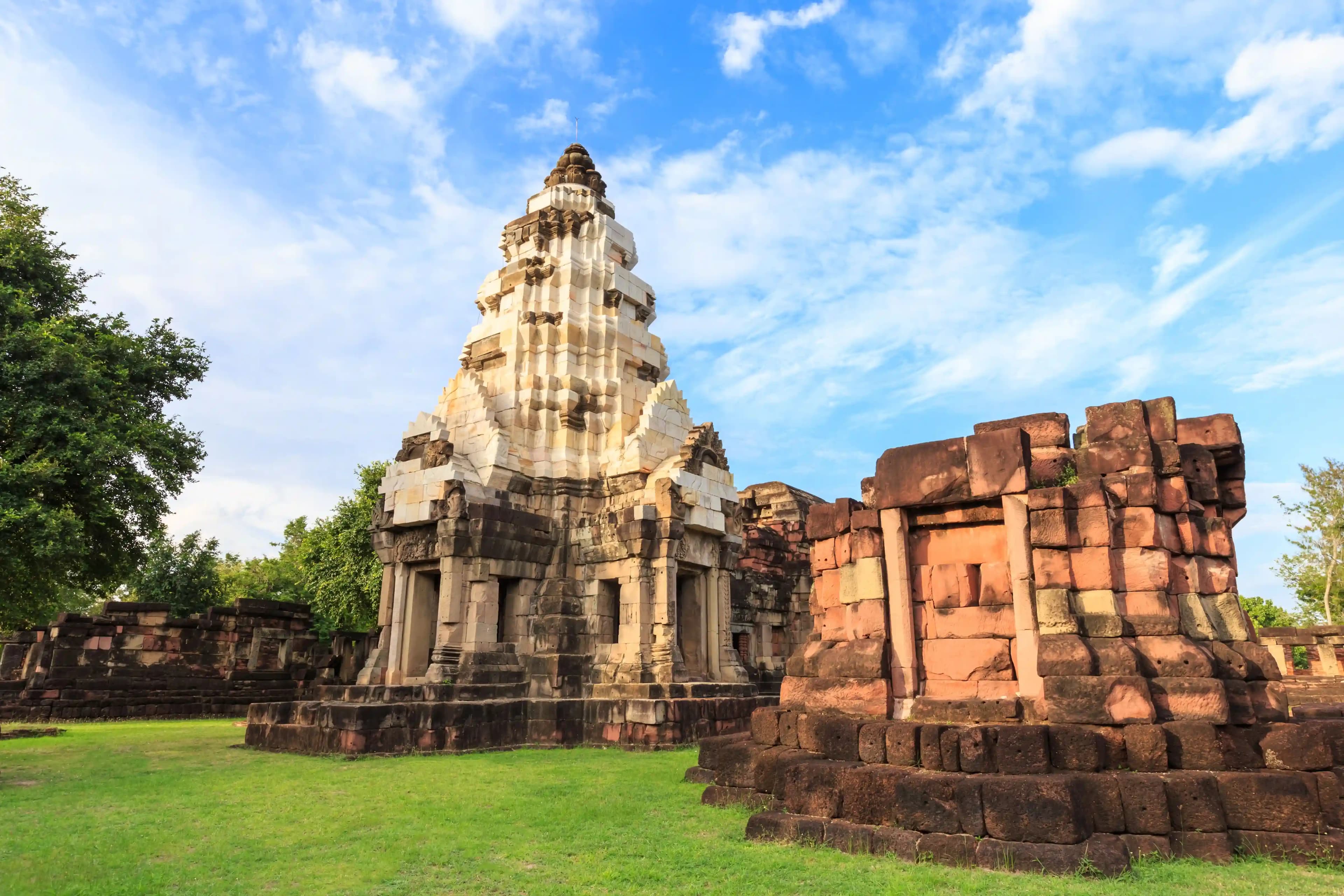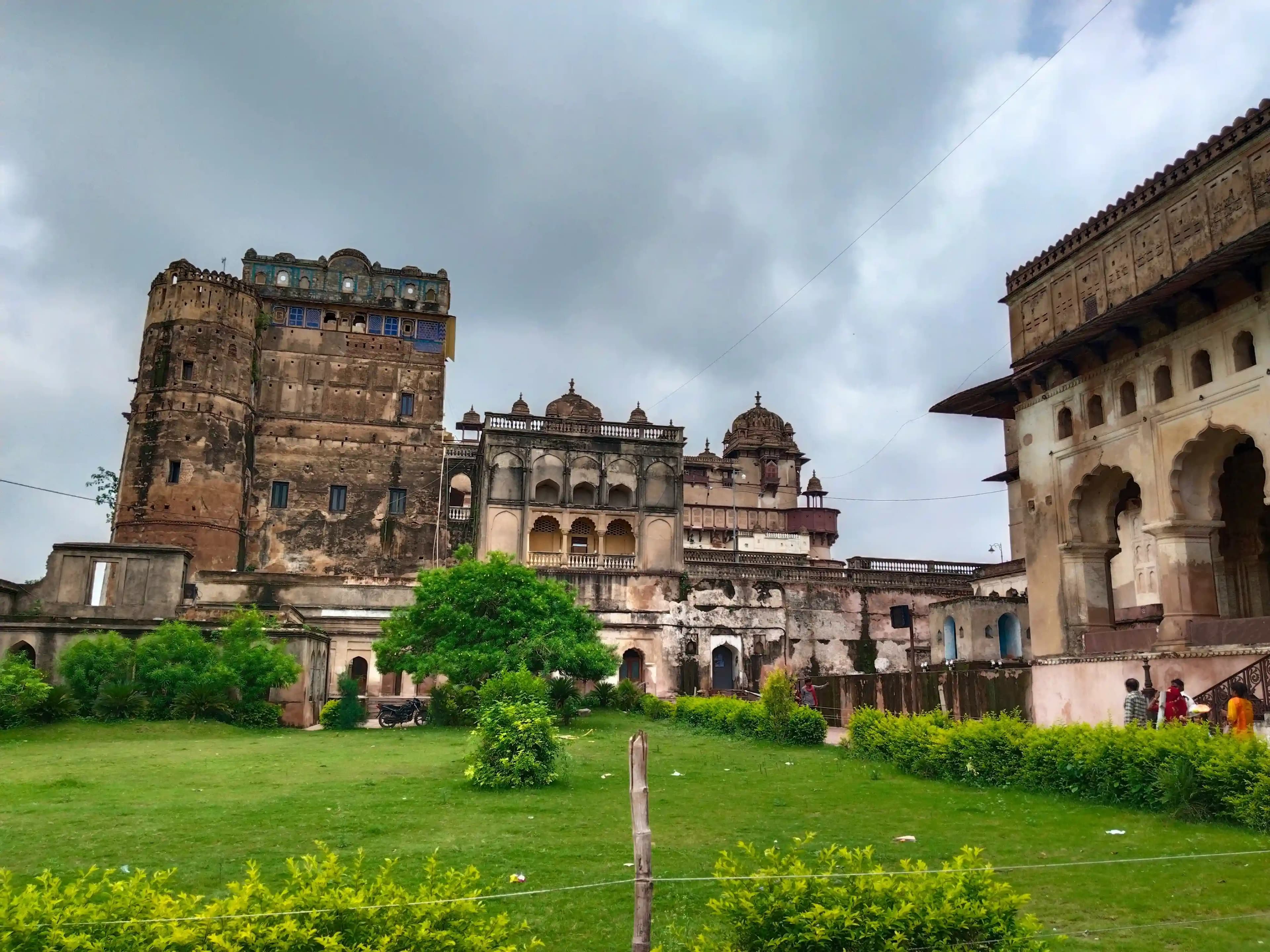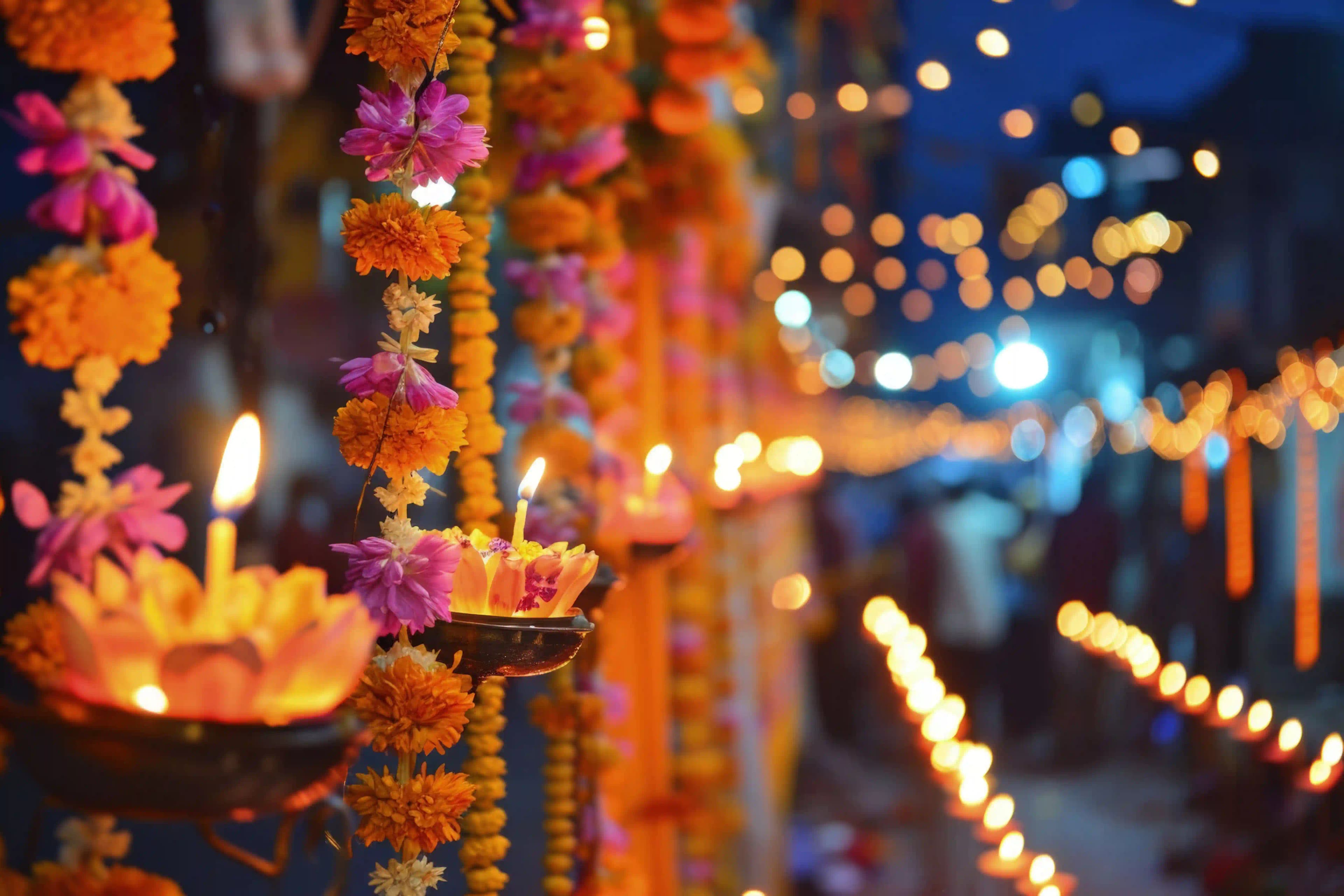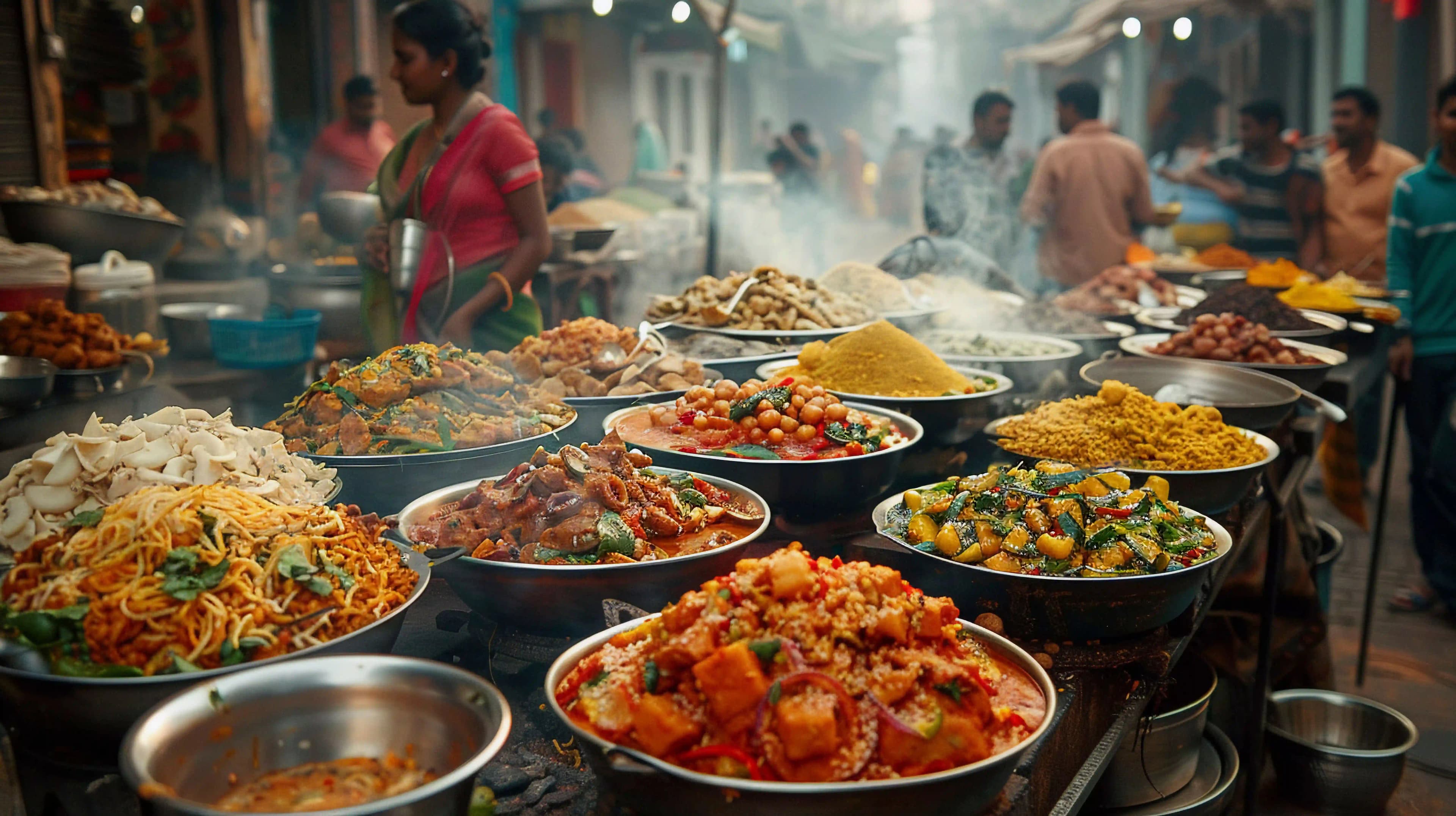India’s most fascinating landmarks shine throughout the culturally rich and historically grand Madhya Pradesh state. The historical places in Madhya Pradesh are a testament to the region’s glorious past, offering a blend of architectural marvels, spiritual sanctuaries, and royal legacies. The historical sites of Khajuraho Temples and Sanchi Stupa along with others explain tales about dynasties combined with artistry and profound devotion. Visitors can follow emperor routes and see intricate carvings through landmarks preserved in time that deliver historical insights as well as fascinating beauty. Step into the heart of India and discover the magic of its historical places in Madhya Pradesh.
Exploring Historical Places in Madhya Pradesh
The central Indian state of Madhya Pradesh serves as the geographical centre of the country where history embraces architecture alongside cultural traditions. The state is home to some of the most famous historical places in Madhya Pradesh, each narrating tales of bygone eras, royal legacies, and spiritual significance. From ancient temples and majestic forts to serene stupas and UNESCO World Heritage Sites, the historical places in Madhya Pradesh offer a fascinating glimpse into India's rich past. We should start our expedition to visit these ageless wonders.
1. Khajuraho Temples
The Khajuraho Temples are undoubtedly one of the most famous historical places in Madhya Pradesh. Madhya Pradesh displays the renowned Khajuraho Temples which obtained their existence during the time period between 950 and 1050 AD through the Chandela dynasty. The temples grouped into Western and Eastern in addition to Southern divisions with the Western group standing as the foremost section. Multiple life aspects receive representation through the temple sculptures which cover spiritual themes together with manifestations of love alongside regular activities. The Kandariya Mahadeva Temple stands as the temple's greatest masterpiece because it presents the highest point of mediaeval Indian architectural craftsmanship through its massive size and elegant ornaments.
- Location: Khajuraho, Chhatarpur District
- Timings: 8:00 AM to 6:00 PM
- Entry Fee: INR 40 for Indians, INR 600 for foreigners
2. Sanchi Stupa
As a representation of India's Buddhist history from ancient times the Sanchi Stupa stands among the oldest stone buildings across the nation. Under the patronage of Emperor Ashoka during the third century BCE, the UNESCO World Heritage Site boasts its existence. Engineers of ancient times constructed the Great Stupa as a marvellous hemispherical dome which features elaborate torana gateways. Monasteries, temples, and pillars at this site display the spiritual achievements and artistic merits that were achieved during the Mauryan and subsequent time periods.
- Location: Sanchi, Raisen District
- Timings: 8:30 AM to 5:30 PM
- Entry Fee: INR 40 for Indians, INR 600 for foreigners
3. Gwalior Fort
Perched atop a hill, Gwalior Fort is one of the most imposing historical places in Madhya Pradesh. This fort earned its fame as the "Gibraltar of India" as it observed power transitions between the dynastic rule of Tomars after the Mughals and then the Scindias. Gwalior Fort consists of three main architectural marvels, which include the Man Singh Palace, the Gujari Mahal and the famous Saas Bahu Temples. Tourists visiting Gwalior should include this site due to its remarkable complex of delicate artwork and colourful tile decorations, which showcase breathtaking vistas of the whole city.
- Location: Gwalior
- Timings: 6:00 AM to 5:30 PM
- Entry Fee: INR 75 for Indians, INR 250 for foreigners
Suggested Read: Top 10 Things to Do in Gwalior
4. Orchha Fort Complex
The small town named Orchha holds significant historical importance because of its meaning as a "hidden place." The Bundela rulers constructed the Orchha Fort Complex as a magnificent complex of palaces combined with temples and private gardens during the 16th century. The top attractions of this complex are the Jahangir Mahal and Raj Mahal, with Rai Parveen Mahal as the highlight. They present a fusion of Mughal and Rajput architectural designs. In Orchha, you can find the Ram Raja Temple, which serves as a temple for worshipping Lord Rama, who assumes the role of a monarch.
- Location: Orchha, Niwari District
- Timings: 9:00 AM to 6:00 PM
- Entry Fee: INR 30 for Indians, INR 300 for foreigners
5. Mandu Fort
Mandu known as Mandavgad represents a fortress which forever carries the beloved relationship of Baz Bahadur and Rani Roopmati. The extensive Mandu Fort complex contains many constructions such as palaces, mosques and pavilions. The Jahaz Mahal gives a ship-like impression while the romantic Roopmati Pavilion stands out as the most iconic structure at this location. The Afghan architectural style, combined with the natural beauty of the surrounding landscape, makes Mandu one of the most captivating historical places in Madhya Pradesh.
- Location: Mandu, Dhar District
- Timings: 8:00 AM to 6:00 PM
- Entry Fee: INR 25 for Indians, INR 300 for foreigners
6. Bhimbetka Rock Shelters
The prehistoric lifestyle of people exists within the Bhimbetka Rock Shelters, which gained World Heritage status. Some of the earliest cave paintings worldwide embellish these Palaeolithic rock shelters, which originated around the Palaeolithic era. These cave paintings present three different scenes showing human hunting activities together with dancing and daily activities, which help researchers better understand ancient human behaviour. The archaeological site displays both prehistoric rock formations and natural faun, which create its distinctive charm.
- Location: Bhimbetka, Raisen District
- Timings: 7:00 AM to 6:00 PM
- Entry Fee: INR 25 for Indians, INR 300 for foreigners
7. Chanderi Fort
Chanderi Fort stands as a magnificent historical landmark that resides in this town of historical significance. The Pratihara rulers constructed the fort during the 11th century, and people can see amazing views of the town, coupled with its surrounding landscape, from this historic structure. The fort complex contains three main structures which showcase magnificent examples of mediaeval Indian architectural design together with other important buildings. The town attracts visitors with its combination of historical attractions and artistic weaves as it produces well-known handcrafted sarees.
- Location: Chanderi, Ashoknagar District
- Timings: 8:00 AM to 6:00 PM
- Entry Fee: INR 20 for Indians, INR 100 for foreigners
8. Udayagiri Caves
The Udayagiri Caves, drilled in the 4th and 5th centuries CE, are a series of rock-cut caves with early Hindu art and architecture. The main carving of these caves is the famous Varaha Avatar of Lord Vishnu. Caves with Gupta period inscriptions, thus being an important site for historians and archaeologists.
- Location: Udayagiri, Vidisha District
- Timings: 8:00 AM to 6:00 PM
- Entry Fee: INR 25 for Indians, INR 300 for foreigners
9. Jahaz Mahal, Mandu
Jahaz Mahal, or the "Ship Palace," is one of the most unique historical places in Madhya Pradesh. This palace positions itself as a ship travelling across water since it separates two artificial lakes. A harem existed in this palace when Sultan Ghiyas-ud-din Khilji was in power, and the structure includes elegant courtyards with water channels alongside pavilions. Jahaz Mahal stands as a required sight because of its architectural beauty and tranquil setting.
- Location: Mandu, Dhar District
- Timings: 8:00 AM to 6:00 PM
- Entry Fee: INR 25 for Indians, INR 300 for foreigners
10. Bhojpur Temple
Raja Bhoj constructed the Bhojpur Temple as a remarkable unfinished structure which honours Lord Shiva during the 11th century. The temple gained fame due to its enormous lingam, cut from a single rock that reaches a height of 7.5 feet. The architectural style and the sheer scale of the temple make it one of the most intriguing historical places in Madhya Pradesh.
- Location: Bhojpur, Raisen District
- Timings: 6:00 AM to 7:00 PM
- Entry Fee: Free
11. Rani Durgavati Museum
The museum located in Jabalpur pays tribute to Rani Durgavati, who was the queen of Gondwana, by displaying historical artefact,s including sculptures and inscriptions. Visitors to this museum can see exhibits about Rani Durgavati as well as displays portraying her courageous struggle against Mughal invaders. Jabalpur Museum serves as one of the best educational sites to understand Madhya Pradesh's multicultural history and its historical background.
- Location: Jabalpur
- Timings: 10:00 AM to 5:00 PM (Closed on Mondays)
- Entry Fee: INR 10 for Indians, INR 100 for foreigners
12. Hinglajgarh Fort
Hinglajgarh Fort stands in the Mandsaur district as a not well-known yet equally captivating ancient landmark. The Parmar rulers constructed the fort before the Marathas made further renovations to it. The fort complex showcases both temples alongside palaces and water reservoirs, which provide visitors a historical view of the area.
- Location: Mandsaur District
- Timings: 8:00 AM to 6:00 PM
- Entry Fee: Free
13. Rewa Fort
Rewa Fort stands as a historic stronghold in the Vindhya region because it functioned as the main residence of the Baghela dynasty. Multiple palaces, together with temples and gardens, show Bundela and Baghela architectural style at Rewa Fort. The fort gained its fame from its historical connection to white tigers since their original discovery took place in surrounding forest areas.
- Location: Rewa
- Timings: 9:00 AM to 5:00 PM
- Entry Fee: INR 20 for Indians, INR 100 for foreigners
14. Asirgarh Fort
This historical fortress receives its common name, "Key to the Deccan", because it stands proudly in the Satpura Range. Many battles have occurred at the fort as different dynasties, ranging from Mughals to Marathas, exerted their control over it. The fort's strategic location and impressive architecture make it one of the most significant historical places in Madhya Pradesh.
- Location: Burhanpur District
- Timings: 8:00 AM to 6:00 PM
- Entry Fee: INR 25 for Indians, INR 100 for foreigners
15. Bandhavgarh Fort
The Bandhavgarh National Park contains the Bandhavgarh Fort, which traces its origins to over 2,000 years ago. The ancient fort supposedly received its status from Lord Ram,a who handed it over to his brother Lakshmana. The fort provides breathtaking views across the surrounding woodland areas because it attracts enthusiasts who study history and wildlife.
- Location: Bandhavgarh National Park, Umaria District
- Timings: 6:00 AM to 6:00 PM
- Entry Fee: Included in the national park entry fee
Conclusion
Madhya Pradesh reveals the stories of Indian history through its numerous ancient forts, monuments and temples, which create an unbroken connection to the past of the nation. Exploring the historical places in Madhya Pradesh is not just a journey through time but an experience that awakens a deeper appreciation for the state’s rich cultural and architectural heritage. We find a spiritual connection in Sanchi and the detailed art found at Khajuraho, among its other impressive attractions. Your curiosity should be packed along with you for discovering the fascinating stories behind Madhya Pradesh's historical landmarks. The heart of India awaits!
Frequently Asked Questions
1. How many UNESCO sites are in MP?
Madhya Pradesh boasts three UNESCO World Heritage Sites: the Khajuraho Group of Monuments, the Sanchi Stupa, and the Rock Shelters of Bhimbetka. Each of these sites highlights the state's rich cultural and historical heritage.
2. What is very famous in Madhya Pradesh?
Madhya Pradesh is well-known for its historical landmarks, such as the Khajuraho Temples, Gwalior Fort, and Sanchi Stupa. The state is also famous for its wildlife sanctuaries, including Kanha and Bandhavgarh, as well as its vibrant tribal culture.
3. What is unique in MP?
What sets Madhya Pradesh apart is its unique combination of history, spirituality, and natural beauty. From the detailed carvings of Khajuraho to the ancient rock paintings of Bhimbetka, the state provides a wide array of experiences that are truly one-of-a-kind.
4. Why is MP called the Heart of India?
Madhya Pradesh is referred to as the "Heart of India" because of its central position on the map. It serves as the cultural and historical nucleus of the country, housing some of India’s most significant landmarks and traditions.
